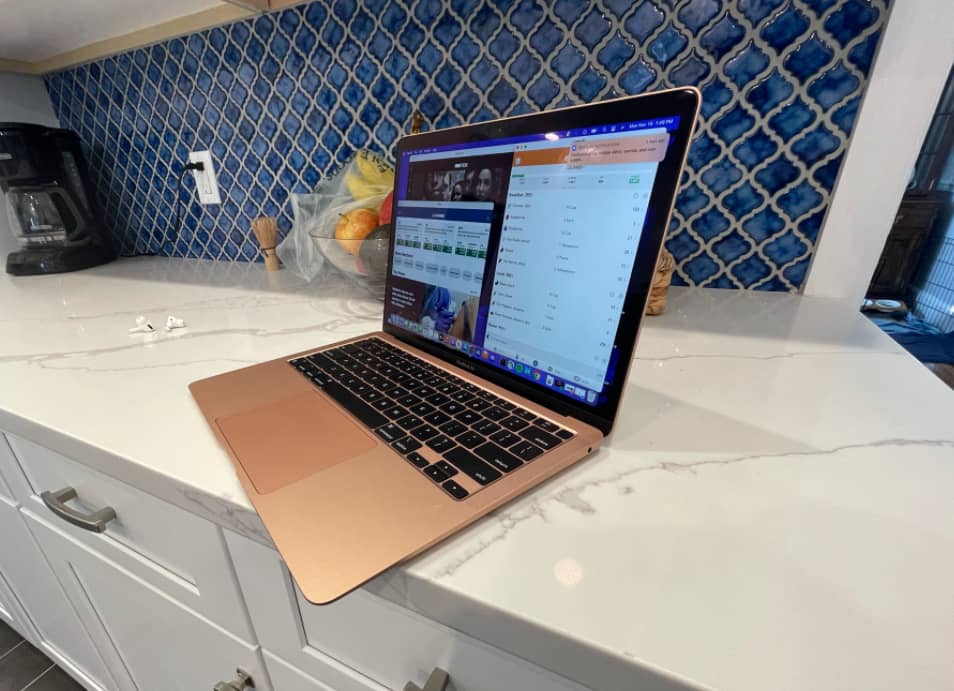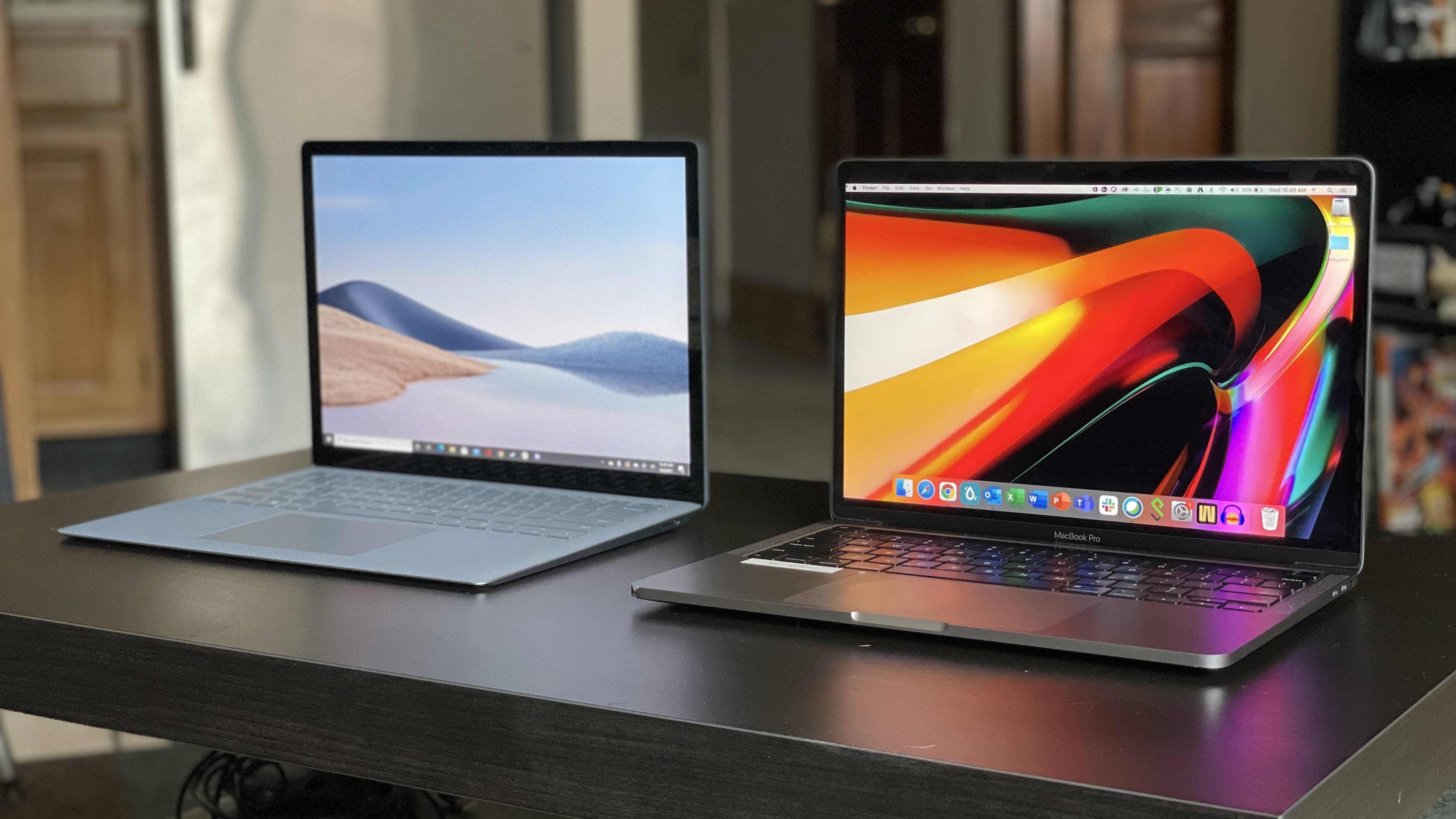

- #Compare mac air to macbook for video edit pro#
- #Compare mac air to macbook for video edit Pc#
- #Compare mac air to macbook for video edit windows#
By comparison, the M1 Mac mini is silent and as cool as a cucumber.
#Compare mac air to macbook for video edit pro#
In fact, the only difference between the two machines while editing 4K video in Final Cut Pro is the MacBook’s astronomically loud fan noise and heat generation (I’ll get to that later).


My 16” MacBook Pro is the i9 8-core version with 32GB of RAM and the best graphics card that was on offer back in 2019. My Mac mini is the 16GB version with a 512GB SSD. I’ve mentioned this a few times, but it bears repeating: using the M1 Mac mini to edit videos feels identical to the 16” MacBook Pro. I can’t tell the difference during video editing

And given that NVIDIA owns ARM now, there should be some much tighter and more optimised GPU integration in the future, too.Here’s why I and so many others are waving goodbye to that beast of a laptop.
#Compare mac air to macbook for video edit windows#
It’s very exciting to see what will come in the future from Apple, but with ARM-based Windows finally getting x86 64-Bit emulation Windows might be able to catch up on performance per dollar. I still can’t see myself switching over to Apple just yet. It was interesting to see a real-world comparison like this. Surprisingly, the M1 actually seemed to perform quite well, if you put all the settings sliders down to “Potato”. They also did some stuff with gaming, if that’s your thing. Performing the same edits as Resolve, there was no slowdown at all scrubbing through the timeline and the final render came out at 47 seconds – faster than DaVinci Resolve on either system. What was impressive, and an area where the M1 won by default because it’s not available on the PC, was Final Cut Pro performance. The M1 iMac wasn’t far behind though, at a minute and 4 seconds.
#Compare mac air to macbook for video edit Pc#
The Intel PC managed it in a very speedy 56 seconds. There were some noticeable performance slowdowns with both systems, but neither really performed any worse than the other.įor rendering a 30-second clip containing two 5.9K 24fps 10-bit 4:2:0 files, sampled down to 4K 24fps H.264 was sent to both machines and they were left to render. To put them to the test, though, they threw some 5.9K 24fps, 10-bit 4:2:0 footage from the Panasonic S1H at them with some multitrack picture-in-picture. They didn’t test Premiere Pro, because apparently, they’re not big fans of Premiere Pro. When it comes to video, DaVinci Resolve was the main comparison between the two. Obviously, in these first couple of examples, Lightroom is optimised more for Intel-based systems while Capture One’s M1 optimisation is very impressive. I think this lends itself well to demonstrating how well optimised certain applications are for specific platforms. When it came to Capture One, though, the results were a little closer. It was basically twice as fast (which you’d expect if you’re paying twice as much). But is it? The Windows laptop hammered the M1 desktop in the Lightroom test. With that massive price difference, it seems a bit of an unfair comparison, really. It’s half the price of Chris’ laptop, at $1,699 and features an 8-core M1, 16GB RAM and a 256GB SSD. Coming in at $3,499 (although it’s currently available for $2,999), it’s not an inexpensive machine, by any stretch of the imagination. Jordan’s 24″ M1 iMac, on the other hand, is significantly less expensive. Chris’ PC in this case is the Gigabyte Aero 15 YB, with an 11th Gen Intel i9 CPU, 32GB RAM and NVIDIA RTX 3080 GPU with 8GB RAM.


 0 kommentar(er)
0 kommentar(er)
